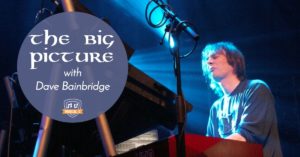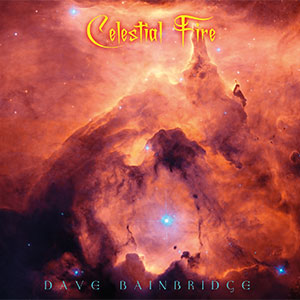In the world of terrible, hilarious, or just-plain-weird lyrics, few bands have caused more uproar on Reddit threads – among fans and haters alike – than the Red Hot Chili Peppers. With gems like “Low brow is how / swimming in the sound / of bow bow bow” from “Suck My Kiss” or “You’ve got your bit part Mozart / hot dart acceleration / pop art pistol chasin’ / cat fight intimidation” from “Minor Thing”, the Red Hot Chili Peppers have definitely mastered the art of making the nonsensical sell concert tickets.
Red Hot Chili Peppers’ “Subway to Venus (Mother’s Milk)” is full of crazy lyrics about the titular “subway to Venus”. I didn’t know that NASA had figured out a way to access planets through tunnels?!
But with a rhythmic beat and energetic vocal performance, “Subway to Venus” is still a fun listen for RHCP fans.
Now, all this begs the question…
Are Lyrics All that Important?
When you have record-breaking artists like Pitbull jamming about taking a pic with a Kodak (people still use Polaroids?), or legends like Prince singing about “squirreled meat”, you begin to wonder, “Do lyrics matter at all?”. Maybe we should all start rhyming “true”, “blue”, and “you” and call it a day? (Thanks, Madonna!)
It all comes down to why we like a song in the first place. Is it the rhythm? The melody? The style of music? Are we just major fangirls or fanboys and love anything and everything that an artist or band puts out, even if it’s a jam about sitting on the toilet?
We all know the songs that have heart wrenching and just plain awesome lyrics. Songs like “Like a Rolling Stone”, “My Heart Will Go On” (even with the Sesame Street-type lyrics “Near / far / wherever you are”), “Man in the Mirror”, and “Imagine” stay with us even decades after they were popularized.
When Silly Lyrics Don’t Matter…
But so do the songs like “I’d Like to Teach the World to Sing”, which has some nonsense about growing apple trees and snow white turtle doves.
Or take the fame of Psy and his “Gangnam Style”, which honestly, no Anglophone even understands! This song blew up the Internet with billions (yes, billions) of YouTube views and made the kooky South Korean singer an international household name.
Another fun and ridiculous hit is Ylvis’s “What does the fox say?”, which has endearing lyrics like:
Ring-ding-ding-ding-dingeringeding!
Gering-ding-ding-ding-dingeringeding!
Gering-ding-ding-ding-dingeringeding!
What the fox say?
Before you think we are going to start chatting about Elmo’s latest hits or jingles from fast food joints, let’s escape from the rabbit hole of terrible (or just nonsensical) lyrics and talk a little bit about why lyrics don’t seem to matter sometimes.
Why We Like a Song (Or, What Makes a Hit?)
If musicians truly knew what made a song a #1 smash hit, we’d be inundated with songs that would not only blow our minds, but also reveal an entire new generation of talented musicians with great voices, impressive songwriting skills, and melodies that will stand the test of time. Not to mention that every indie artist would be as financially successful as Taylor Swift, Rihanna, Jay-Z, Beyoncé, Drake, or Katy Perry.
But that’s not the case. And while there are mathematical algorithms that can somewhat predict what makes a hit at a given point in history (#Top40ArtificialIntelligence), there isn’t a set-in-stone reason why some lyrics and songs go viral, some just fall flat, and some become famous for being so incredibly terrible.
For example, take Rebecca Black’s anti-hit song “Friday”:
It’s Friday, Friday
Gotta get down on Friday
Everybody’s lookin’ forward to the weekend, weekend
Friday, Friday
Gettin’ down on Friday
Everybody’s lookin’ forward to the weekend
The teen’s tune went viral with over 100 million worldwide hits, precisely because it was so awful. The happy-go-lucky lyrics stick in your head and before you know it, you’re humming the tune at your workplace.
Songs like the anti-hit “Friday” still go viral, making fame or infamy for their hapless songwriters. It’s a combination of catchy lyrics and a hook, a dance beat, simple harmony, or steady tempo that contribute to a song’s hit potential. Delve a little deeper into lyrics with this great article on melodies and lyrics.
Comparing Terrible Lyrics
Let’s compare “Gangnam Style” and Justin Bieber’s “Baby” with a song like Michael Jackson’s “Wanna be Startin’ Somethin’”. There are unique musical and non-musical elements that have made these songs a vital part of music culture, despite lyrics like these from “Wanna be Startin’ Somethin”:
You’re a vegetable, you’re a vegetable
Still they hate you, you’re a vegetable
You’re just a buffet, you’re a vegetable
They eat off of you, you’re a vegetable
No one can doubt Michael Jackson’s incredible talent. He was an entertainer rivaled by few, the true “King of Pop”. Yet, some of his song lyrics make you scratch your head. But ranking high on the danceability charts, the six-minute “Wanna Be Startin’ Somethin’” still remained an eighties fave, although other tunes from the Thriller album rightly top this food-friendly tune. And despite its enigmatic words, “Wanna Be Startin’ Somethin’” has a great mix of different musical styles that work well together.
PSY – Master of Catchy Dance Rhythms
Right off the bat, the catchy dance beat of “Gangnam Style” makes you want to get on your feet and do whatever that weird dance move is that looks like you’re riding a racehorse in the Kentucky Derby.
”This song blew up the Internet with billions (yes, billions) of YouTube views and made the kooky South Korean singer an international household name.”
The addictive beat in “Gangnam Style” negates the fact that the majority of the song is in a foreign language. The song’s lyrics are a tongue-in-cheek commentary on the bourgeois, status-obsessed lifestyle of the Gangnam district in Seoul, South Korea. The playful nature of the song, combined with the odd English lyric like “hey, sexy lady” helped the song get international fame as everyone from Australia to the Americas joined the South Korean music obsession.
Add to this the quirky accompanying video with the nearly 40-year-old PSY dancing bizarre new club moves surrounded by young attractive dancers, and you have a worldwide phenomenon.
PSY’s subsequent hits like “New Face” and “Daddy” follow up with this winning combination, incorporating fun choreography, high quality music videos, and the occasional English lyrics. While these other tunes have not achieved the same fame as “Gangnam Style”, they still manage to be entertaining enough to keep the Asian phenom rolling in dough for centuries to come.
Justin Bieber’s “Baby”
Yes, when discussing terrible lyrics on the ‘net, Bieber’s “Baby” seems to be a crowd favourite to bash. No joke, the lyrics to this repetitive tune have the word “baby” in them over fifty times – that has to be some sort of record!
Besides the angelic-looking Bieber wowing young girls the world over with his sweet love songs, the repetitiveness and simplicity of the lyrics once again make this the type of tune that sticks like bubble gum to your shoe. The chord structure, rhythm, and melody are all very simple and easy to sing. And while this isn’t the most rhythmically exciting song, it worked well on the dance floors of middle school proms the world over.
Music vs. Lyrics
This brings us to the burning question: with an entertainer like PSY, or musicians like OK Go, Red Hot Chili Peppers, Katy Perry, Justin Bieber, and others… does the quality of the music itself matter?
Sit with a group of classically-trained musicians long enough, and a discussion about pop music vs. “real” music will crop up.
Why?
Well, the majority, the vast majority, of hits today are more entertaining than musical. Coupled with the megalith of the music industry machine, which promotes and markets top-billing entertainers with millions of dollars, it is no wonder that artists that have crafted their skills over decades wonder if they should just throw in the towel, or even better, write a song about throwing a towel.
 Many hits today have simplistic melodies and harmonies, a very basic common beat, and questionable lyrics all buffered by Hollywood-style high production music videos, controversial entertainers, and cross-platform cross-product advertising (Anyone want to buy some of Beyoncé’s “Midnight Heat” perfume?). A little disconcerting is the prevalence of adult content even in songs meant for children and teens, songs that we don’t discuss here, despite their humorous off-color lyrics.
Many hits today have simplistic melodies and harmonies, a very basic common beat, and questionable lyrics all buffered by Hollywood-style high production music videos, controversial entertainers, and cross-platform cross-product advertising (Anyone want to buy some of Beyoncé’s “Midnight Heat” perfume?). A little disconcerting is the prevalence of adult content even in songs meant for children and teens, songs that we don’t discuss here, despite their humorous off-color lyrics.
We are also neck-deep in the age of social media and viral videos, meaning that a song like “What does the fox say?” or “Friday” can go viral regardless of actual musical quality, just because millions, or even billions of fans click and share on YouTube. What this means is that sometimes the wackiest music videos with the nuttiest lyrics can achieve worldwide fame.
It’s actually an interesting age for musicians. On the one hand, the million-dollar music industry closes off its monetary channels to millions of talented indie artists. On the other hand, these indie artists can achieve success just with some great music videos going viral on YouTube.
Adventures in Terrible Lyrics
Now that we’ve seen the cultural impact that bad lyrics can have and just how ridiculous they can get, it’s time to give it a try yourself!
Write-Your-Own
For this fun exercise, you are going to write some of your own terrible lyrics. You can do this with a group of friends, or just pick up a guitar and jam away.
Through social media, ask your friends to text or post 10 random bizarre objects, five random feelings, five extremely uncommon (and hard to rhyme) names, and five hard-to-pronounce foreign places. Then:
- Write all of these words down on slips of paper and place them in a hat
- Randomly select three slips of paper to write your first verse
- Randomly select three slips of paper to write your chorus
- Randomly select three slips of paper for the next verse
- Use the words you have picked so far to write the bridge
- Return to your chorus
- Record your new song and share on your social media post
If you feel like taking on an even greater challenge, double the number of random words for each verse.
Tweet Lyrics
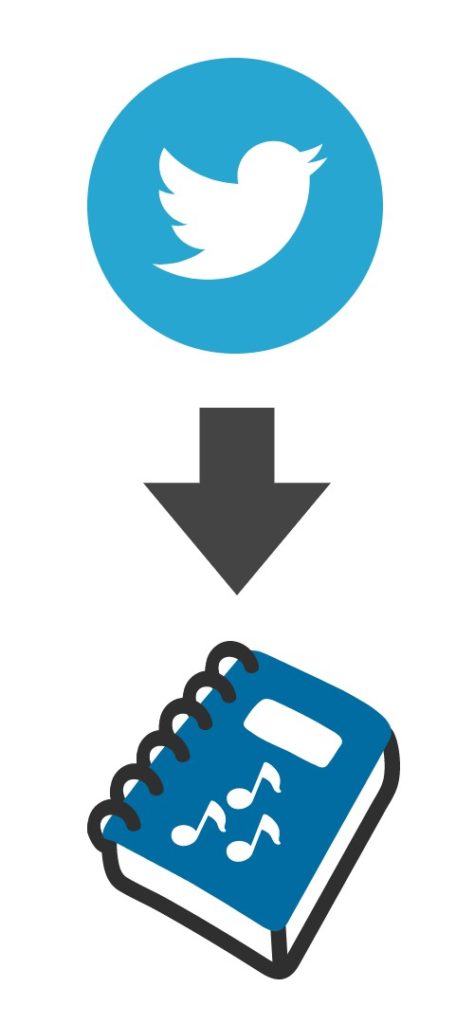 This is a fun way to share terrible lyric writing with your friends through social media like Twitter or Facebook.
This is a fun way to share terrible lyric writing with your friends through social media like Twitter or Facebook.
- Post the following to your page: “As part of the Musical U Terrible Lyric Challenge, I am asking you to add your own terrible lyrics to the lyrics below:”
- Start the thread with your first terrible lyrics (ex. “Hugging your elbow like Yoda in December”).
- Privately message friends to add to the lyrics.
- At the end, add chords and a melody and “sing” your new tune!
- Share with your friends.
Terrible Lyric Karaoke Party
We’ve chatted about some awful songs from Justin Bieber, Red Hot Chili Peppers, and even Prince. So take the songs we’ve chatted about and add some more songs with terrible lyrics. Get some friends together and enjoy a Terrible Lyric Karaoke Party!
Here are just some of the songs you might want to include:
- Anything by the Red Hot Chili Peppers
- “Baby” – Justin Bieber
- “Wanna be startin’ somethin’” – Michael Jackson
- “Friday” – Rebecca Black
- Anything by Weird Al
- “Swish Swish”- Katy Perry
- “Gangnam Style” – PSY (major bonus points for singing in Korean!)
- “Baby got back” – Sir Mix-a-lot
- “Smells like teen spirit” – Nirvana
So Bad, It’s Brilliant
The reasons for a song’s popularity, in general, go beyond the lyrical content and depend on a song’s melody, rhythm, and of course, the persona of the artist behind the tune. However, having lyrics that stand out, for better or worse, certainly doesn’t hurt; far from making a song a flop, “bad” lyrics can turn an otherwise unremarkable tune into a sensation!
We hope you enjoyed our fun exploration of the world of terrible lyrics, and that you may now be inspired to craft your own! Who knows? You could pen the next “Remix to Ignition”.
The post The Wonderful Phenomenon of Terrible Lyrics appeared first on Musical U.


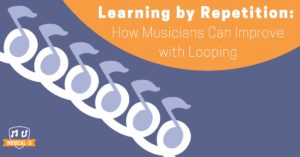
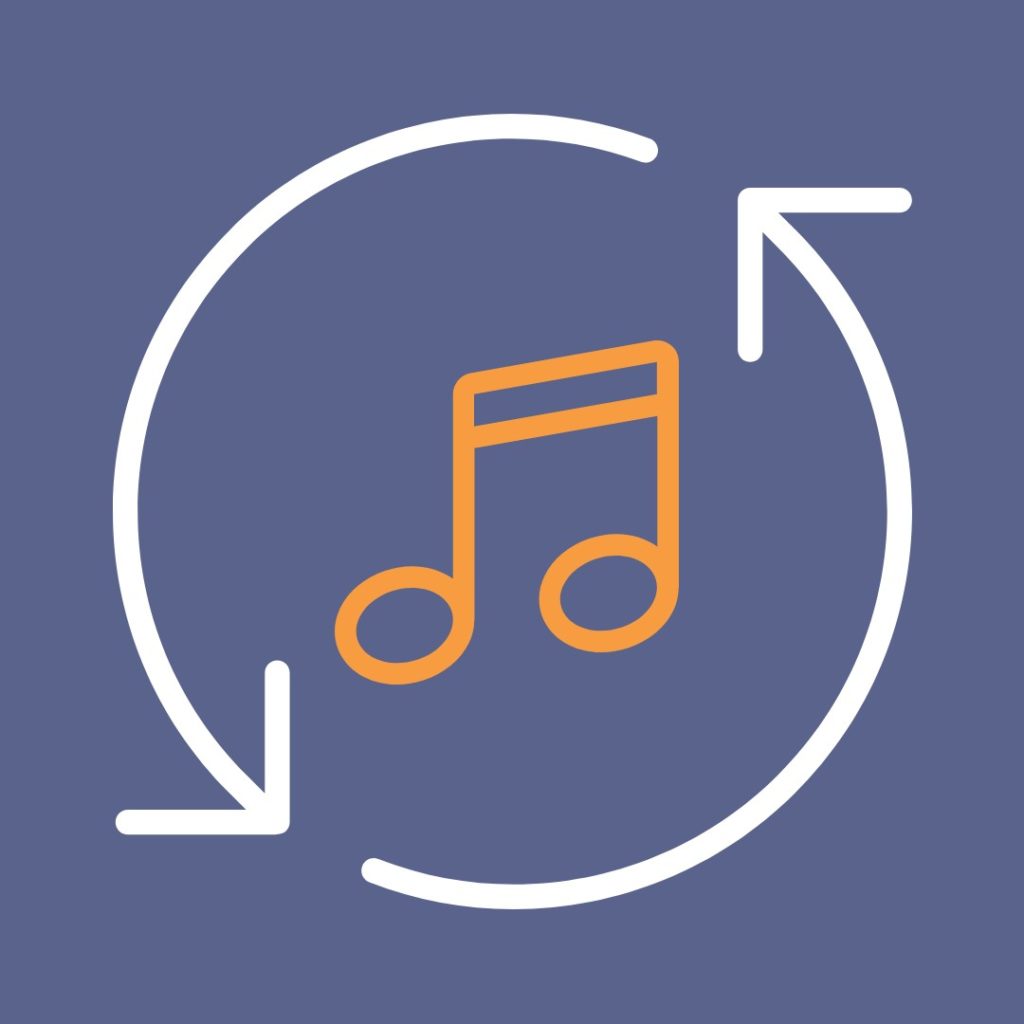 If you’re working on a difficult passage or improvising through a set of chord changes just stomp the pedal, play/record yourself, stomp it again to play it back, and give yourself a chance to hear exactly how you sound.
If you’re working on a difficult passage or improvising through a set of chord changes just stomp the pedal, play/record yourself, stomp it again to play it back, and give yourself a chance to hear exactly how you sound.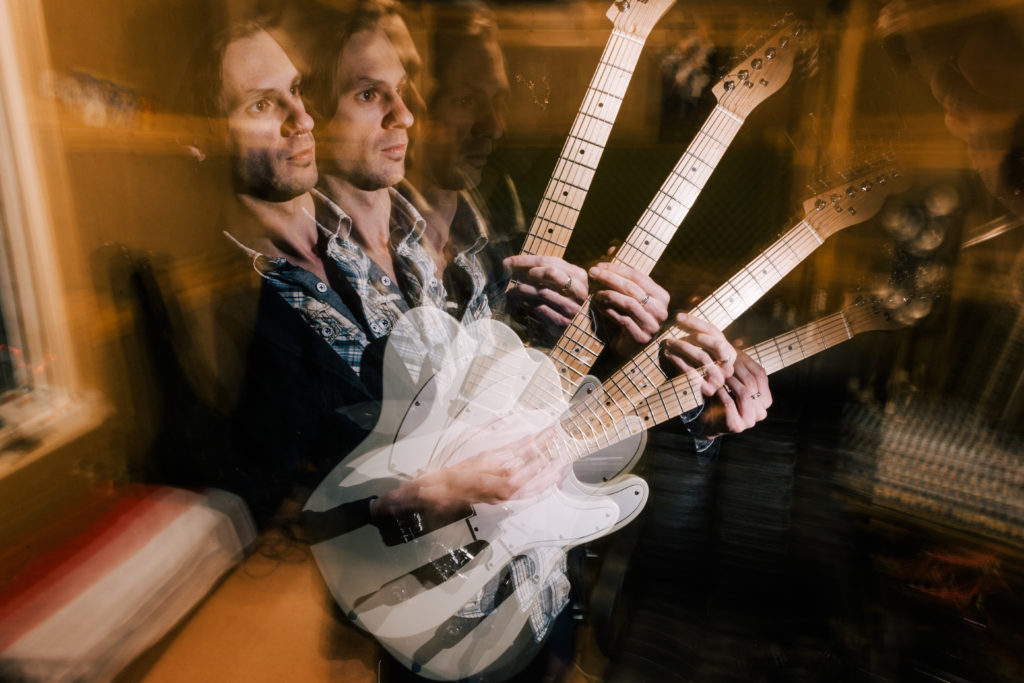 Besides giving you some “jam” time, it’s a great way to explore new ideas, try some licks out, make silly noises, and layer sounds together in a way that you might not ever do live. You’ll find that there’s some pretty cool things happening when you do that. You might find an idea for a tune, or a cool sound to use in a solo, or even a part for a song that you’re working on.
Besides giving you some “jam” time, it’s a great way to explore new ideas, try some licks out, make silly noises, and layer sounds together in a way that you might not ever do live. You’ll find that there’s some pretty cool things happening when you do that. You might find an idea for a tune, or a cool sound to use in a solo, or even a part for a song that you’re working on.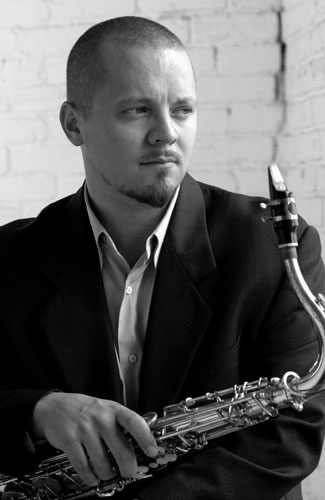
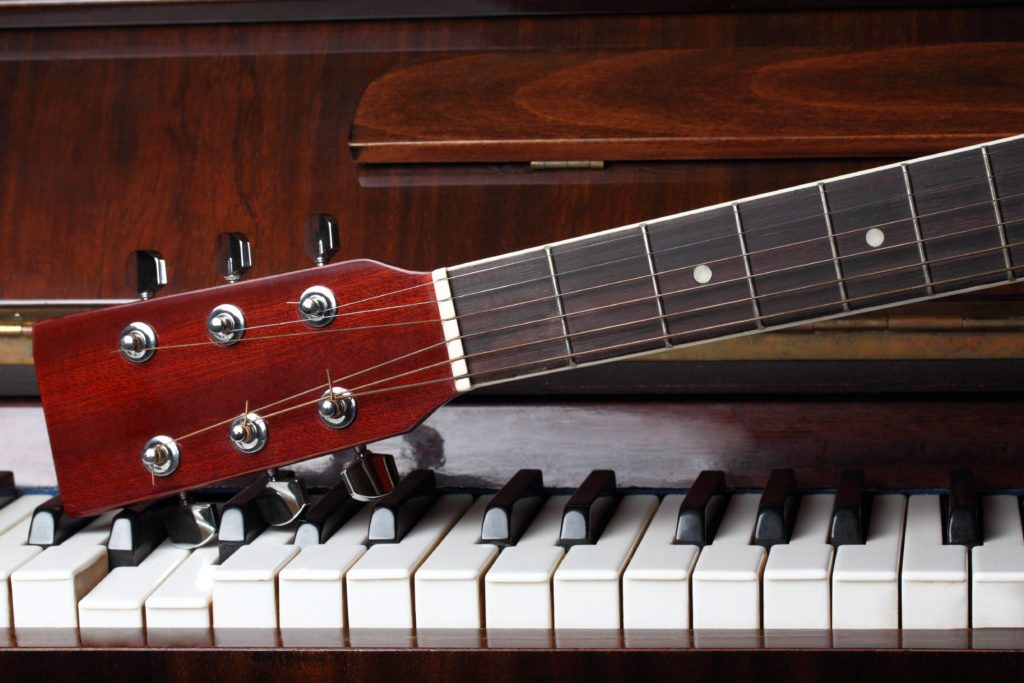 It’s not impossible, and probably not even that difficult, to recreate this arrangement live, but as Pennell is a solo act, to attempt to do this would add a substantial level of difficulty to the performance of this song.
It’s not impossible, and probably not even that difficult, to recreate this arrangement live, but as Pennell is a solo act, to attempt to do this would add a substantial level of difficulty to the performance of this song.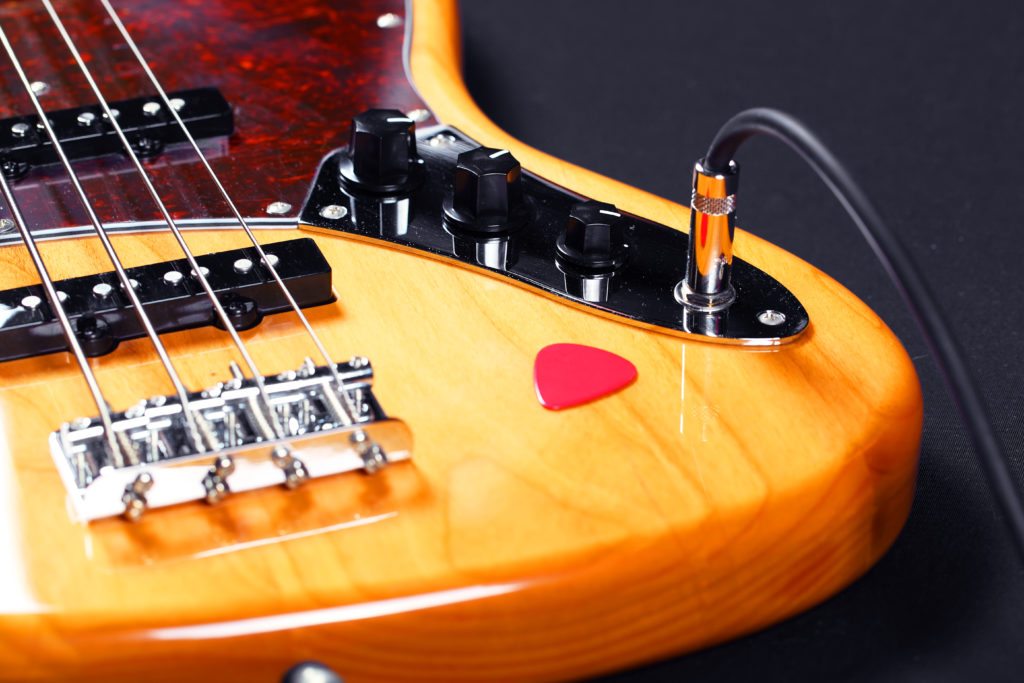 This is roughly the halfway point of the song and it isn’t until this point, at
This is roughly the halfway point of the song and it isn’t until this point, at 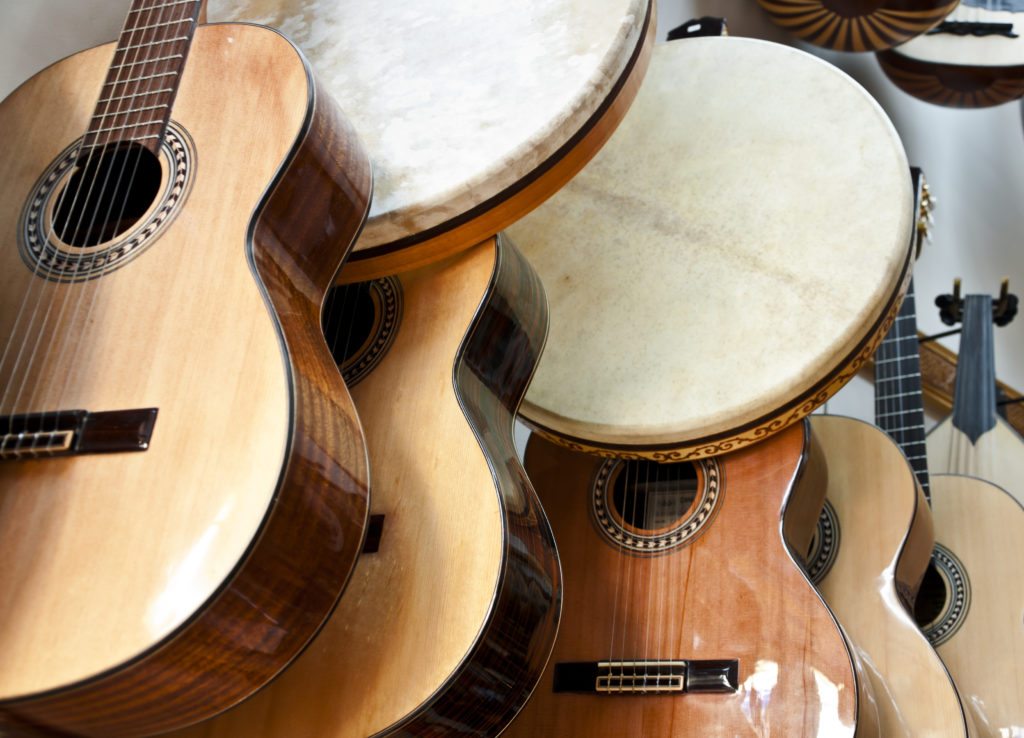
 Anastasia Voitinskaia joined the Musical U team as Assistant Content Editor earlier this year. In fact, if you’re a fan of Musical U posts (and if you’re not, you can start today!), you’ve enjoyed what happens when Anastasia brings together her many musical, writing, and graphic design talents to transform raw content into finished blog posts.
Anastasia Voitinskaia joined the Musical U team as Assistant Content Editor earlier this year. In fact, if you’re a fan of Musical U posts (and if you’re not, you can start today!), you’ve enjoyed what happens when Anastasia brings together her many musical, writing, and graphic design talents to transform raw content into finished blog posts.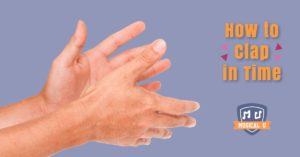 The truth is, bringing your two hands together in a rhythmic way is an important musical skill, and leads to fundamental understandings that will transform your musicality. So important that our friend, composer Sabrina Peña Young, wrote a whole post about it – so you, too, can learn
The truth is, bringing your two hands together in a rhythmic way is an important musical skill, and leads to fundamental understandings that will transform your musicality. So important that our friend, composer Sabrina Peña Young, wrote a whole post about it – so you, too, can learn 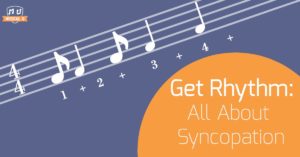
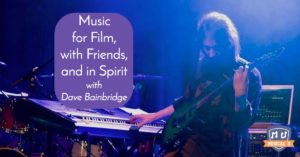
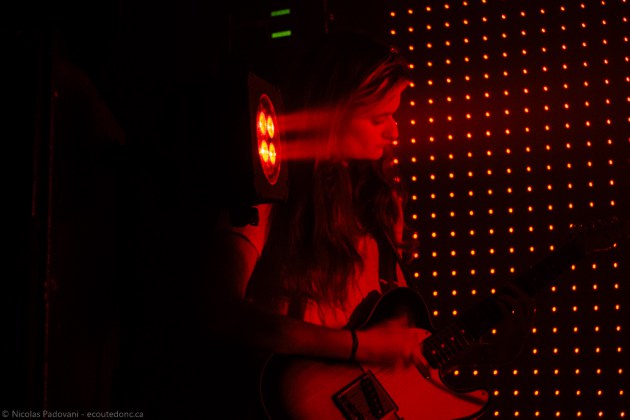

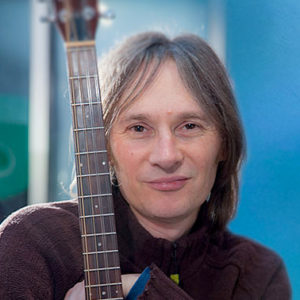 This was in the mid-1980s and although they could have used library music, the studio’s unique selling point was that every production they did, no matter how big or small, had music specially composed for it. I probably did getting on for a 100 jobs for that company over the next 10 years, writing music for all kinds of short commercial films and ads, and they still occasionally call me up if there’s enough budget to commission new music (it’s now run by the original studio owner’s son!).
This was in the mid-1980s and although they could have used library music, the studio’s unique selling point was that every production they did, no matter how big or small, had music specially composed for it. I probably did getting on for a 100 jobs for that company over the next 10 years, writing music for all kinds of short commercial films and ads, and they still occasionally call me up if there’s enough budget to commission new music (it’s now run by the original studio owner’s son!).